The Cilento National Park is an immense cultural, historical and environmental complex. It hosts so many treasures we decided to create an entire section of our Unesco Campania feature to describe its wonders. We dedicated the first article to the ghost town of Roscigno, which hides an incredible story. In addition to the picturesque village, you will find information on the criteria that allowed the Cilento and Vallo di Diano National Park with the Archeological Sites of Paestum and Velia, and the Certosa di Padula to be officially inscribed on the list of Unesco sites in 1998. Below, however, we tell you about the beautiful ancient monastery of Padula, whose original name is Certosa di San Lorenzo.
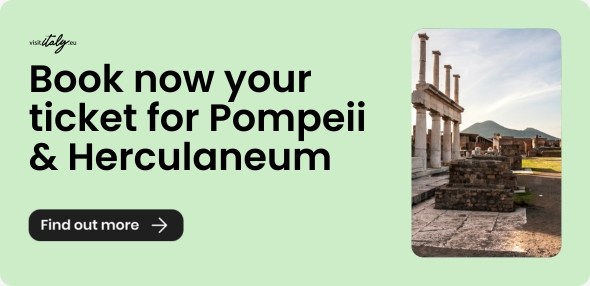
Padula and the Certosa (Charterhouse)
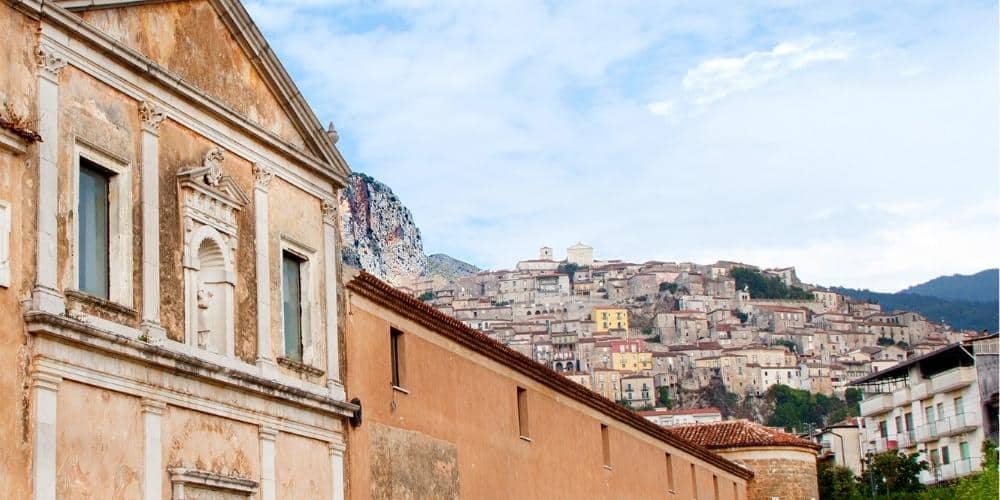
Padula and the Charterhouse
Padula is a small village in the province of Salerno, immersed in the beautiful nature of the Vallo di Diano. Inhabited since the 12th century BC, Padula underwent Enotrians, Lucanians, Romans and even barbarian incursions. Towards the end of the 1200s, the prominent Sanseverino noble family took command of the town. At the beginning of the 14th century, one of its members financed the construction of the Charterhouse. Today, the city's most famous monastic complex is one of the leading destinations for religious tourism in Campania and one of the most striking monuments in Italy's artistic heritage. The Certosa di Padula, whose original name is Certosa di San Lorenzo, is recognised as one of the largest in Europe.
History
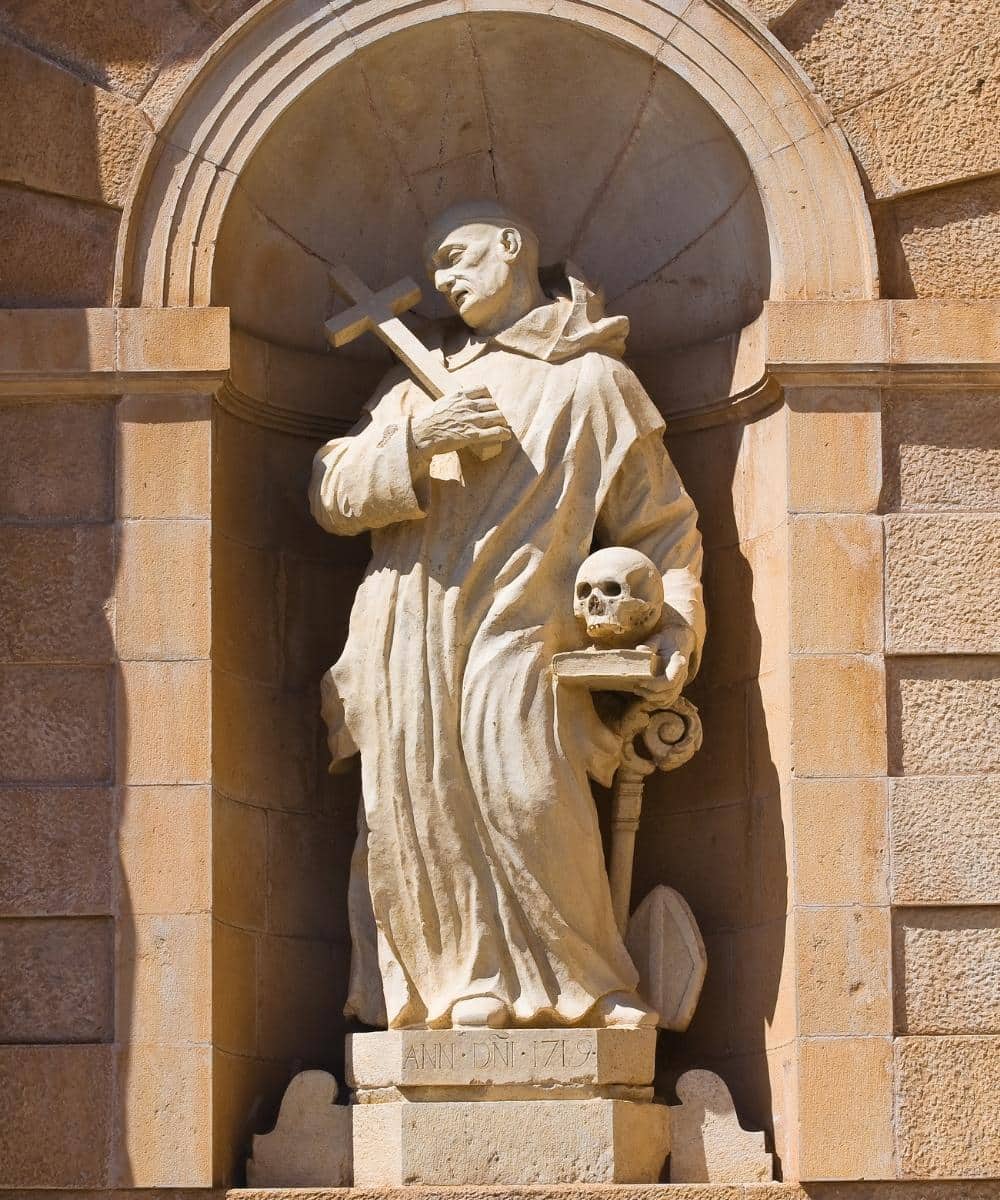
Saint Lawrence
The Certosa di Padula was the first Carthusian monastery built in Campania. It was commissioned by Tommaso di San Severino in 1306 and dedicated to Saint Lawrence. Although its project dates back to the Middle Ages, today's structure mainly mirrors the Baroque style. Indeed, the most important restoration and extension works go back to the mid-16th century, and the construction continued until the 19th century. The only original elements still visible today are the splendid church doorway (second half of the 14th century) and the cross vaults.
The renovation
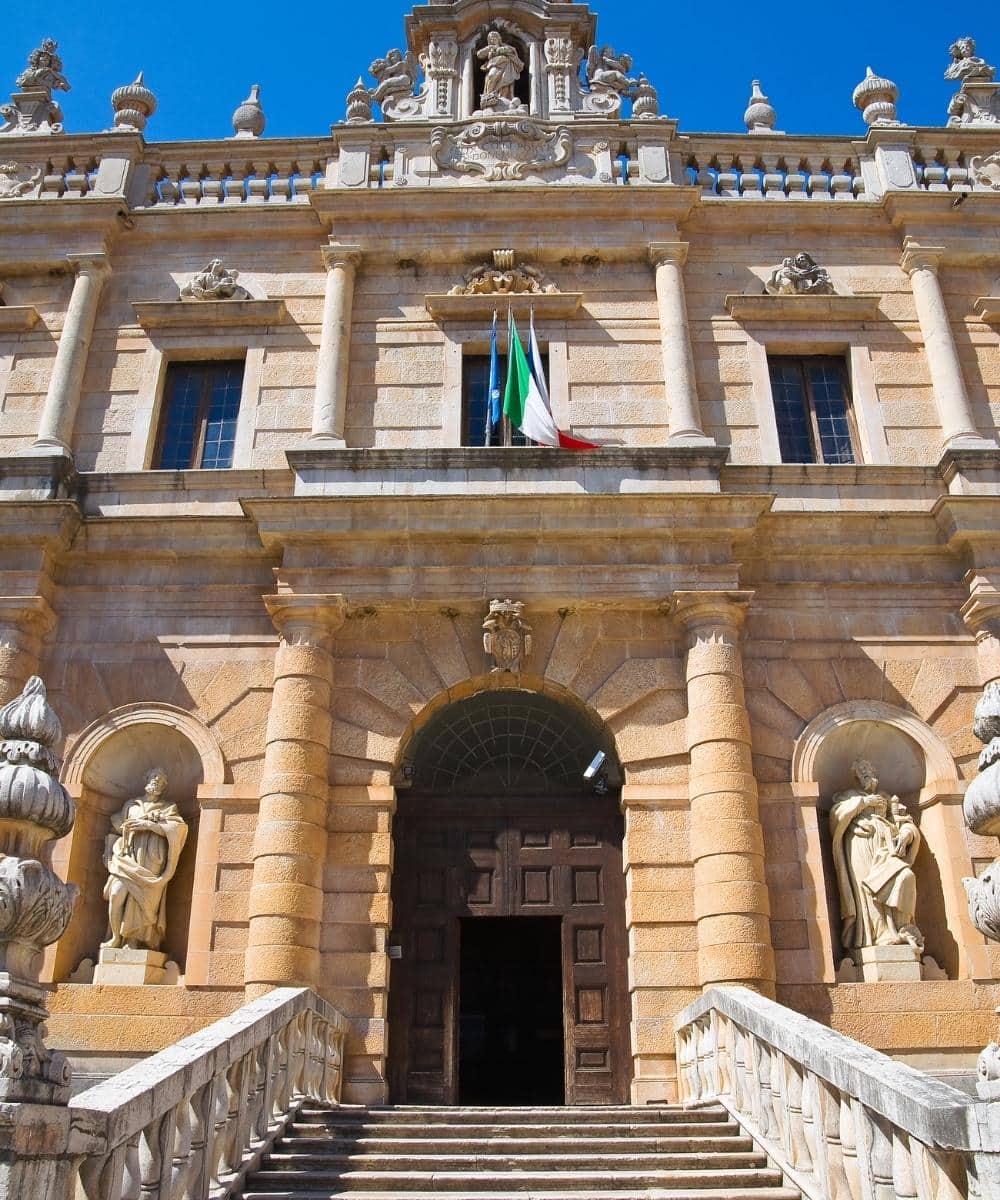
Padula
The influential Count of San Severino gave the Certosa to the Carthusian order, who left Padula in the early 1800s. During the kingdom of Naples French rule, the Carthusian monastery was suppressed, and the monks were deprived of their possessions. The structure remained precarious for a long time, and much of its artistic and bibliographic heritage got lost. Towards the end of the 19th century, the Charterhouse was declared a national monument. However, the restoration work began just a hundred years later. At the beginning of the 1980s, Salerno's Superintendence of Architectural Heritage took over the Certosa and began renovation work.
The Structure
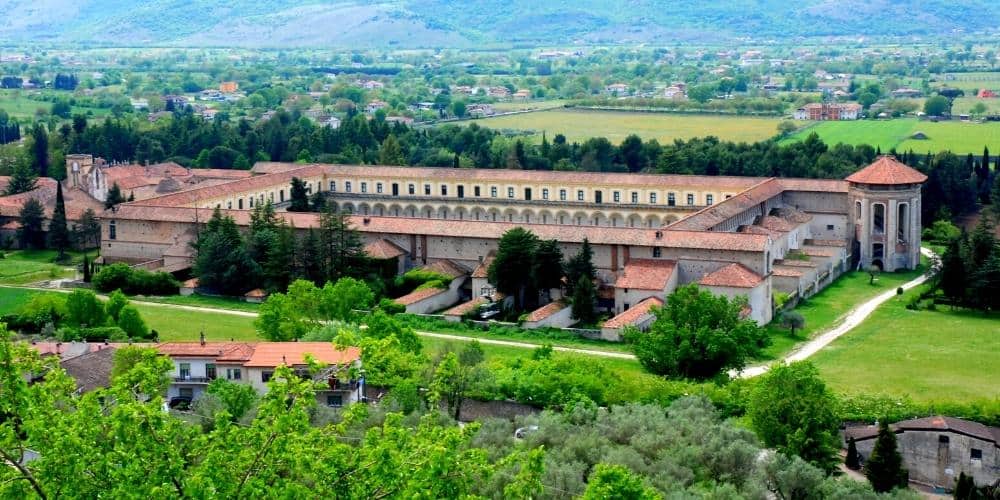
Charterhouse of Padula
The fascinating Baroque monastery extends over a more than 50,000 m² area. The architectural layout is divided into two large functional areas, a typical division of Carthusian structures that follow the strict rule of life-based on work and contemplation. The so-called "lower house" contains the working areas (granaries, stables, laundries and fields for cultivation). This area was intended for the Carthusian community's subsistence activities since it was in contact with the outside world. The so-called "upper house", on the other hand, represents the monks' residence area and encloses the spaces where they practised silence and meditation. The main structure's elements are the entrance courtyard with working rooms, the Church, four cloisters and an Italian garden.
The Certosa's settings
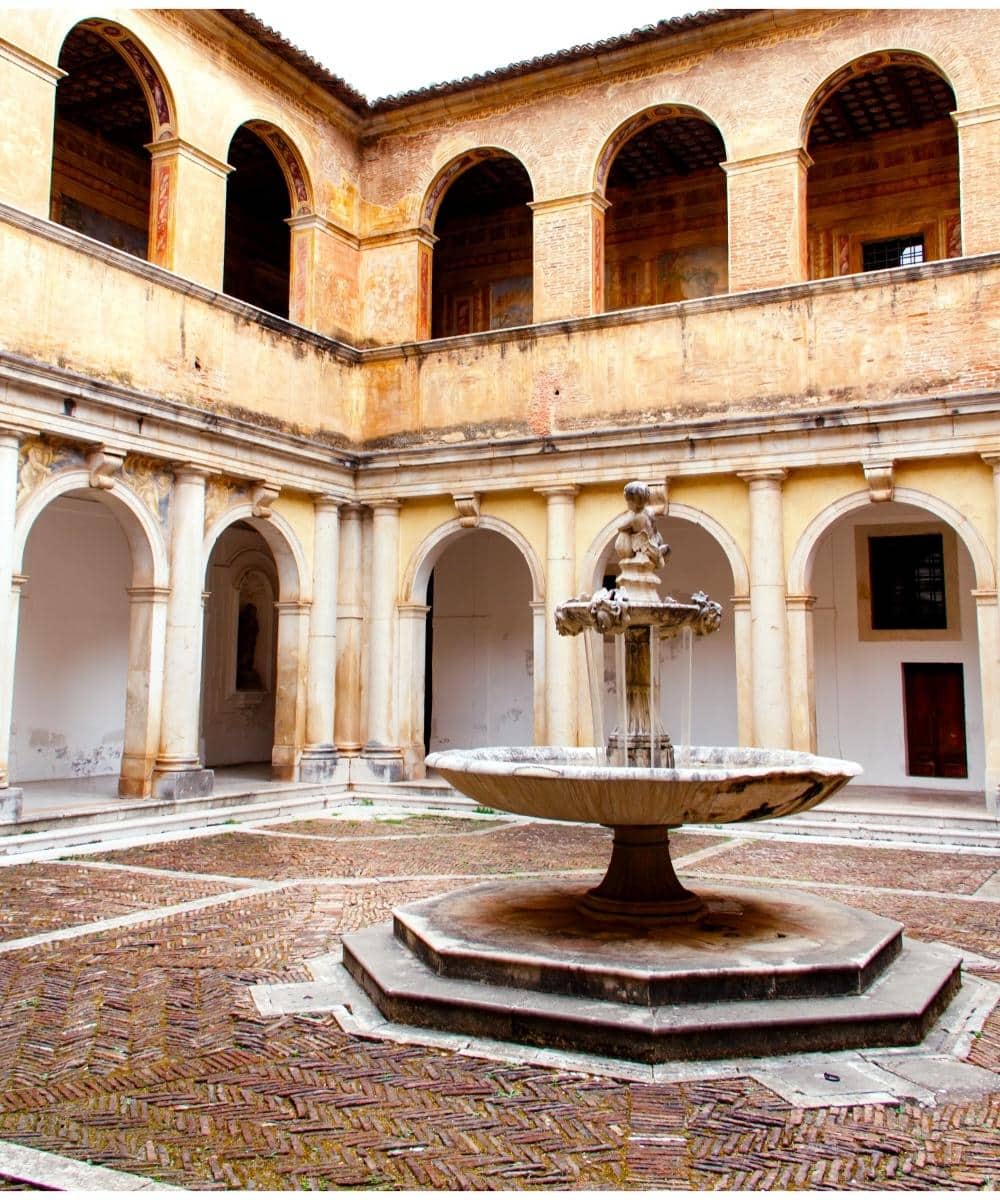
Inner space Charterhouse Padula
At the entrance is the courtyard, surrounded by stables, laundries and other workplaces. Then, you enter the Cloister of the Foresteria. Proceeding from the eastern side is the beautiful Church. Along the way, you have access to the Cloister of the Old Cemetery, the Refectory and the kitchen. On the western side is the Procurator's Cloister, which leads to the Prior's flat, whose rooms houses the Provincial Archaeological Museum of Western Lucania. Here, you can see numerous archaeological finds from the geographical area. A magnificent helicoidal staircase leads to the Library, while on multiple porticos are the cells of the Carthusians. Further on, in the heart of the complex is the majestic Great Cloister. In the end, a splendid elliptical staircase (closed on the outside by an octagonal tower) leads to the abbey first floor. Finally, there is the wonderful Italian garden.
The Courtyard
A large rectangular courtyard opens to the Certosa main entrance. It was almost the only place where the monks had contact with the outside world. Here were the workshops, stables, pharmacy and granaries.
The Cloister of the Foresteria
The cloister of the Foresteria dates back to the 16th-century renovations. It consists of an entrance (with a seventeenth-century fountain in the centre) and an open gallery from which the Clock Tower is visible. The structure has two levels connected by a majestic elliptical double ramp staircase. The rooms on the upper floor are entirely decorated with cycles of frescoes, while the lower floor features plaster sculptures. The former accommodated the illustrious personalities who stayed at the Charterhouse, while the latter led to other rooms, such as the Church and the former monks' cells.
The Church Door
The door is one of the few surviving remains of the original 14th-century structure. Relief frames depicting Gothic letters combined with episodes from the life of Saint Lawrence decorate the wood-from-Lebanon door.
The Church
.jpg)
Church Charterhouse Padula
The scenic impact in entering the Church is tremendous. Precious marble and a majestic majolica floor built on a Gothic plan decorate the structure: a Baroque-style explosion. The building contains numerous beautiful frescoes dating back to the 16th, 17th and 18th centuries. The central wall divides the Church into two areas: a smaller one, reserved for the converts who were about to embark on the path to the enclosure; the other, more prominent, was reserved for the Fathers, the actual monks. Next to the Church, there are four majestic side chapels: Ecce Homo, the Crucifix, the Holy Relics, and St John the Baptist.
The Cemetery Cloister
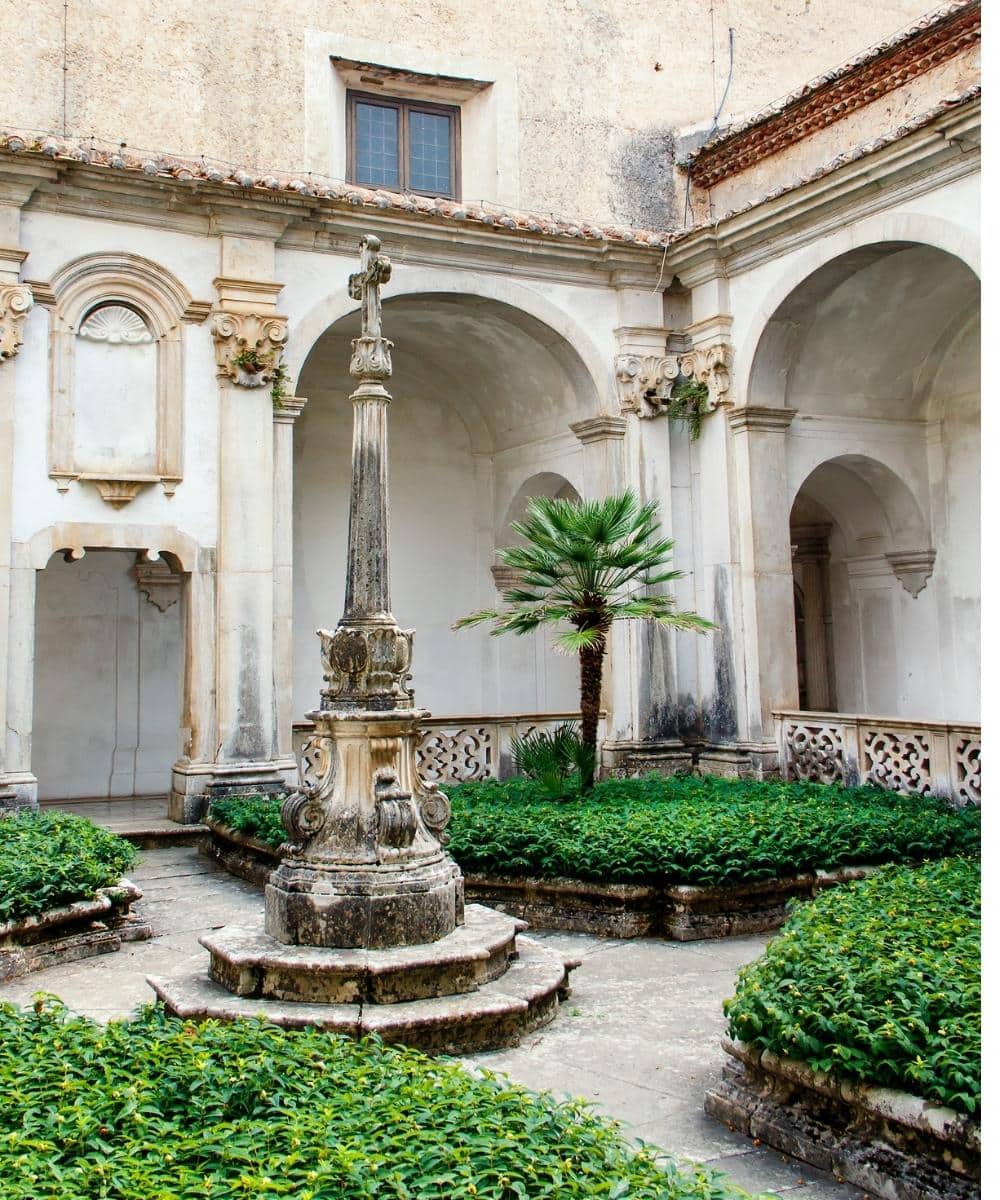
Cemetery Cloiste Padula
The Cemetery Cloister is the old converts cemetery. It results from renovations dating back to the 18th century. Not surprisingly, the area is rich in plaques, sculptures, tombstones and reliefs. The door leads to the Founder's Chapel, dedicated to Tommaso Sanseverino.
The Procurators' Cloister
The Procurators' Cloister dates back to the 18th century and consists of an entrance on the ground floor and an upper floor. The first floor housed the lay brothers' Refectory, while the second floor housed the procurators' quarters and the ancient Library. A lovely stone fountain depicting a dolphin and other animals is in the centre of the abbey.
The Great Cloister
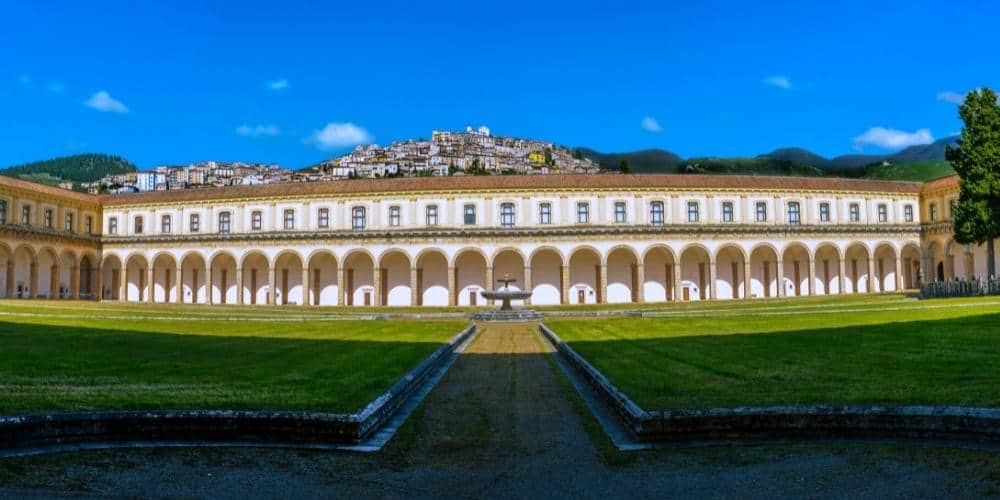
Great Cloister Padula
The Great Cloister is one of the most interesting architectural and artistic features. Built on two levels, it is one of the largest Cloisters in Europe, covering an area of almost 15,000 m2. It was built between the 16th and 18th centuries to link the secluded and the outer regions of the Certosa. It has two majestic rows of porticos, along which the Carthusian monks' dwellings open out. Finally, the structure houses the beautiful octagonal tower with its spectacular elliptical staircase.
The garden
The Certosa di Padula is surrounded by greenery. A marvellous Italian-style garden renovated in the 18th-century frames it. The majestic structure is in a cross, with a 17th-century fountain in the centre. Presumably, the cloistered monks used this magnificent outdoor space for their rare outings, while the lay monks for their outward trade.
About the author
Written on 03/01/2022


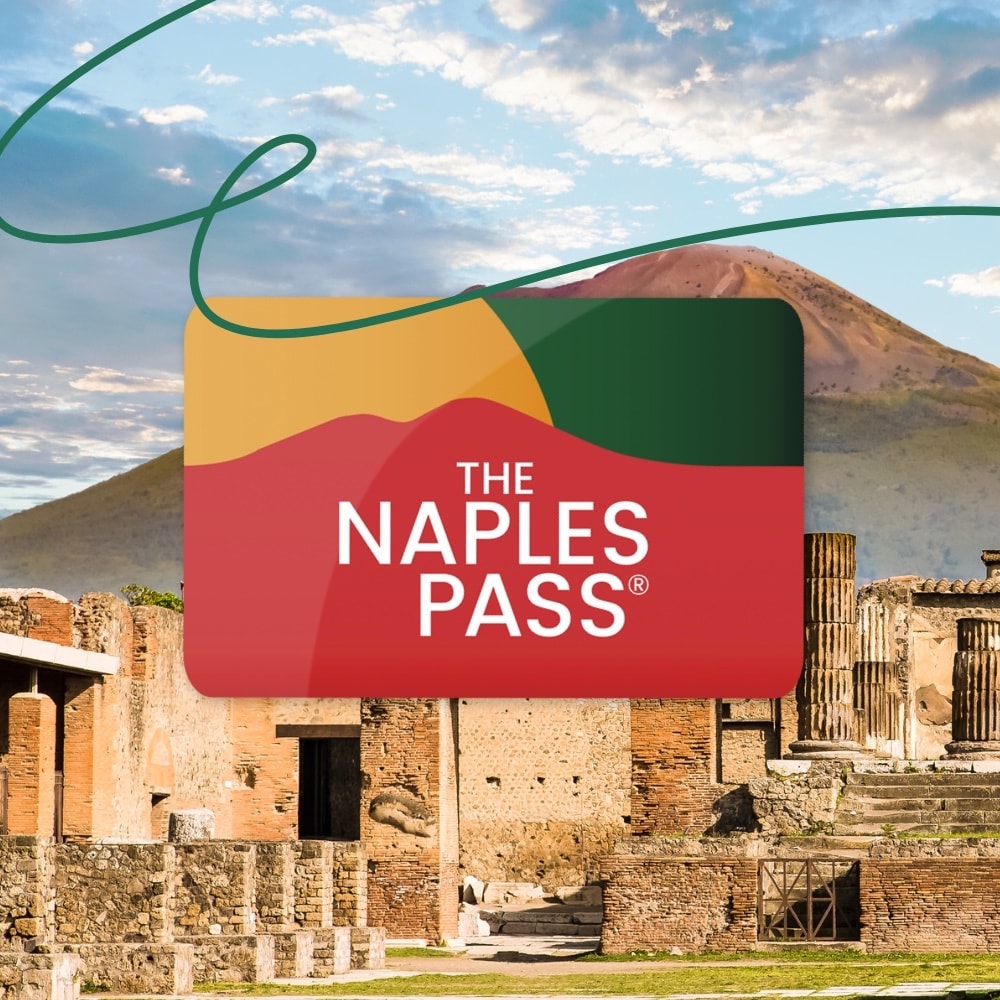
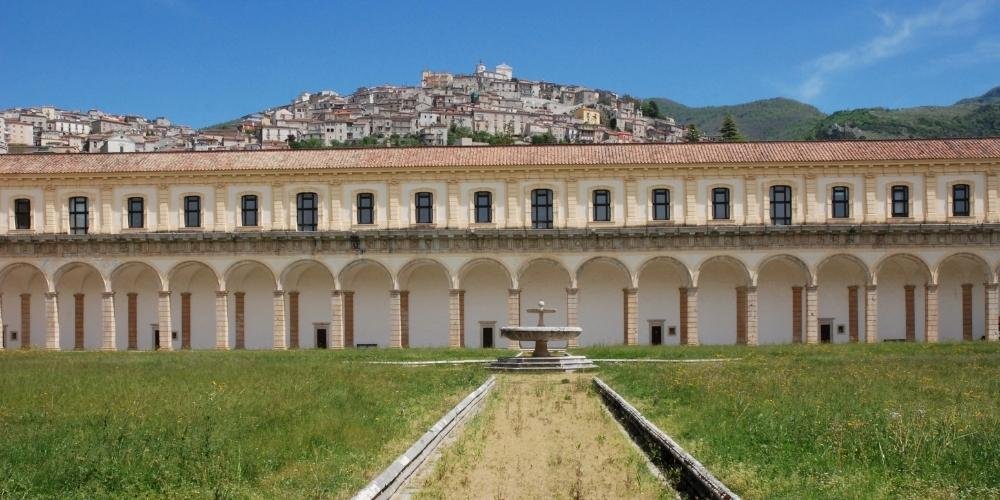

Sabrina Fabozzi
The architectural magnificence and the abundance of treasures in the Certosa di San Lorenzo in Padula make it one of the most interesting monastic complexes in Europe.